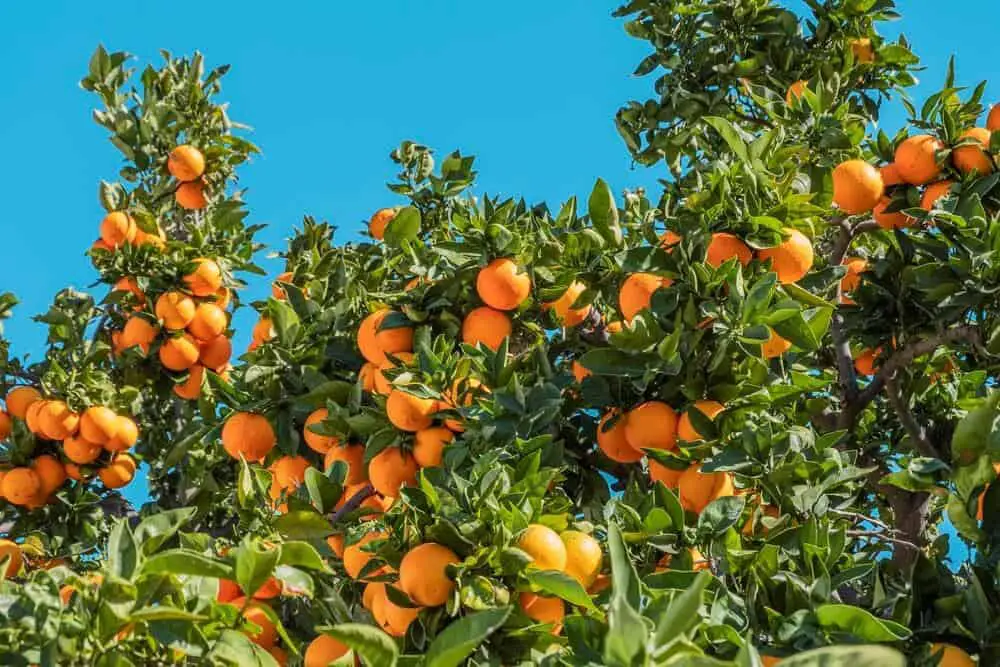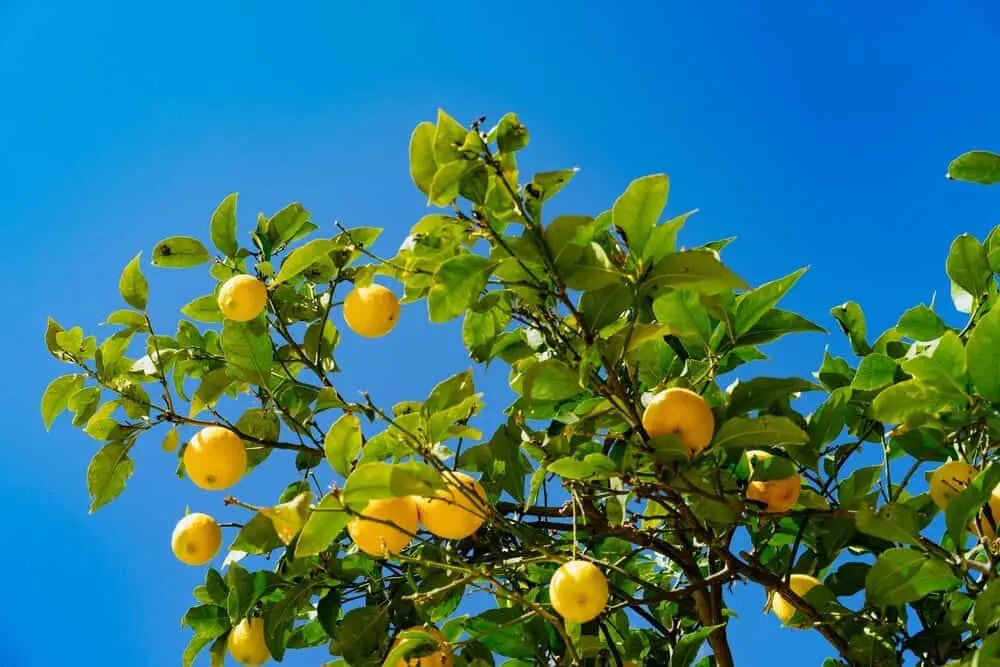Contents

Citrus fruits are perhaps the most common fruit trees consumed worldwide. Contrary to popular belief, not all fruit trees are citrus trees but all citrus trees are fruit trees. Quite a conundrum isn’t it?
The most common citrus varieties include oranges, grapefruits, lemons, limes, and mandarins to name a few. We eat them raw, drink them as juices, and incorporate them in several desserts and main courses.
Their vibrant colors are simply attractive in their various shades of red, orange, yellow, green, etc. Also, their different tastes which could be sweet or sour make them a favorite among many. However, these aren’t the only reasons why we love them. Their health benefits also make them a compulsory addition to our daily meals.
They are rich in vitamin C, an essential vitamin for boosting our immune systems and making us age slowly. They are also rich in antioxidants and happen to be anti-inflammatory. Some studies have shown that they contain flavonoids that could help combat cancer.
So, seeing as you also love these flavorful plants and would like to plant them in your garden, I’ll be discussing various tips you should take note of when growing a citrus tree in your garden.
Oranges

Propagation: The sweet orange variety can be grown from its seeds while Naval or Valencia, both seedless varieties can’t. Instead, they are grown asexually. So, if you’re considering planting any orange variety, you should first find out if it’s a seedless or seed-bearing variety. A fun fact to note is that oranges with less than seven seeds are considered to be seedless kinds in America.
USDA Hardiness Zones: All orange varieties are best grown in zones 9 to 11. Although some types are grown in zone 8. These zones are usually warm in temperature all year round. The best climates for growing oranges are warm locales because of their high moisture content.
Exposure to Sunlight: Oranges prefer partial to full exposure to sunlight. Some might even say that basking in the sunlight causes them to glow.
Soil Type: Oranges prefer naturally rich soil that has no added improvements such as peat moss and excessive fertilizers. Else it will affect its fruit production.
Also, you can choose to grow them in containers to prevent them from cold damage. Finally, you should be careful not to overwater them. Once every few days is all they need.
Good to Read : Best Feeding Time for Citrus Plants
Lemons

Propagation: Lemon trees can be propagated sexually and asexually. To plant it from seeds, simply cut open a fresh lemon and plant your seed immediately into moistened soil. However, to asexually propagate it, a method called budding is used. Budding involves cutting a piece of budwood, preferably 8 inches in length, ensuring that it has buds on it. Next, you select your rootstock. This is a young citrus tree that you’ll insert the budwood into. Cut through this young tree from about 6 inches above its stem and inserts buds into this cutting.
USDA Hardiness Zones: Lemon trees also prefer hardiness zones 9 to 11. This tells us that they are highly sensitive to frosty conditions and would very much prefer warm, sunny climates to grow. At temperatures below 55 degrees Fahrenheit, they become inactive and would die a gradual death.
Exposure to Sunlight: They require full exposure to sunlight for fruit production.
Keep them well watered during reproduction season to have flavorful and juicy fruits.
Good to Read : The Easiest Tomatoes to Grow
Grapefruit
Propagation: Most often, grapefruits are propagated asexually because the fruits produced will have the exact genetic code as the parent plant. Unlike asexual propagation, planting grapefruits from its seedling yields fruits that aren’t true to type. To asexually propagate them, a special grafting technique called budding is used.
As mentioned earlier, budding involves making use of a scion from a parent plant and joining it to the rootstock of a younger plant. This produces an entirely new tree.
USDA Hardiness Zones: Grapefruits are best grown in tropical climates like all citrus trees. This means growing them in zones 10 and above. Else their growth will be stunted, and eventually, they’ll die. Full exposure to sunlight is what they need to produce fruits after about three years.
Soil Type: Grapefruits can grow in any soil type. This includes loamy, clay, sandy soils.
Planting Citrus Trees Via Budding
We’ve discussed the basics that set each citrus tree apart and seen that the best way to grow them is asexually. Therefore, here’s a step-by-step guide on how to grow citrus plants asexually.
- Search for a healthy citrus tree that hasn’t been drought-stressed or weakened by any form of disease.
- Next, find among the healthy trees one whose bark peels of easily from its stem. This is best described as slipping.
- Gather your tools. All you’ll be needing are a sharp knife and several rubber strips.
- Choose a young bud stick that is less than a year old and has a diameter that is less than 0.25 inches. Remove its leaves.
- Find a mature tree branch or stem with a diameter ranging between 0.5 and 0.75 inches.
- Then make a T-cut on this bark.
- Cut a bud off the bud stick and slip it into the T-cut you made on the mature tree.
- Using the rubber strips, secure the bud in place. After some time, the bud develops, shooting up from the T-cut.
You’ve now planted a citrus tree and all that’s left is taking care of it. Citrus trees do not require heavy-duty maintenance procedures as they bask in the sunlight, consume lots of water provided that they are planted in well-drained soil, and prefer naturally rich soil for maximum fruit production.
They also do not require heavy pruning. This can be done once every three or five years. Common insects that affect their growth include citrus gall wasps and the citrus leafminer. The former often results in a deformed branch and can only be gotten rid of by removing the branch. The latter, on the other hand, can be gotten rid of by spraying the trees with Eco Oil.
There you have it. Follow these steps and you’re well on your way to having a bountiful harvest of citrus fruits.
Want to know more about gardening ?
Fill in your email address in the form below and you'll receive all the latest updates directly in your in-box.
Thank you for subscribing.
Something went wrong.